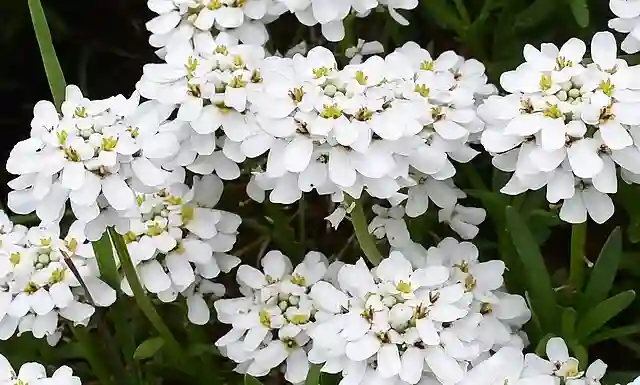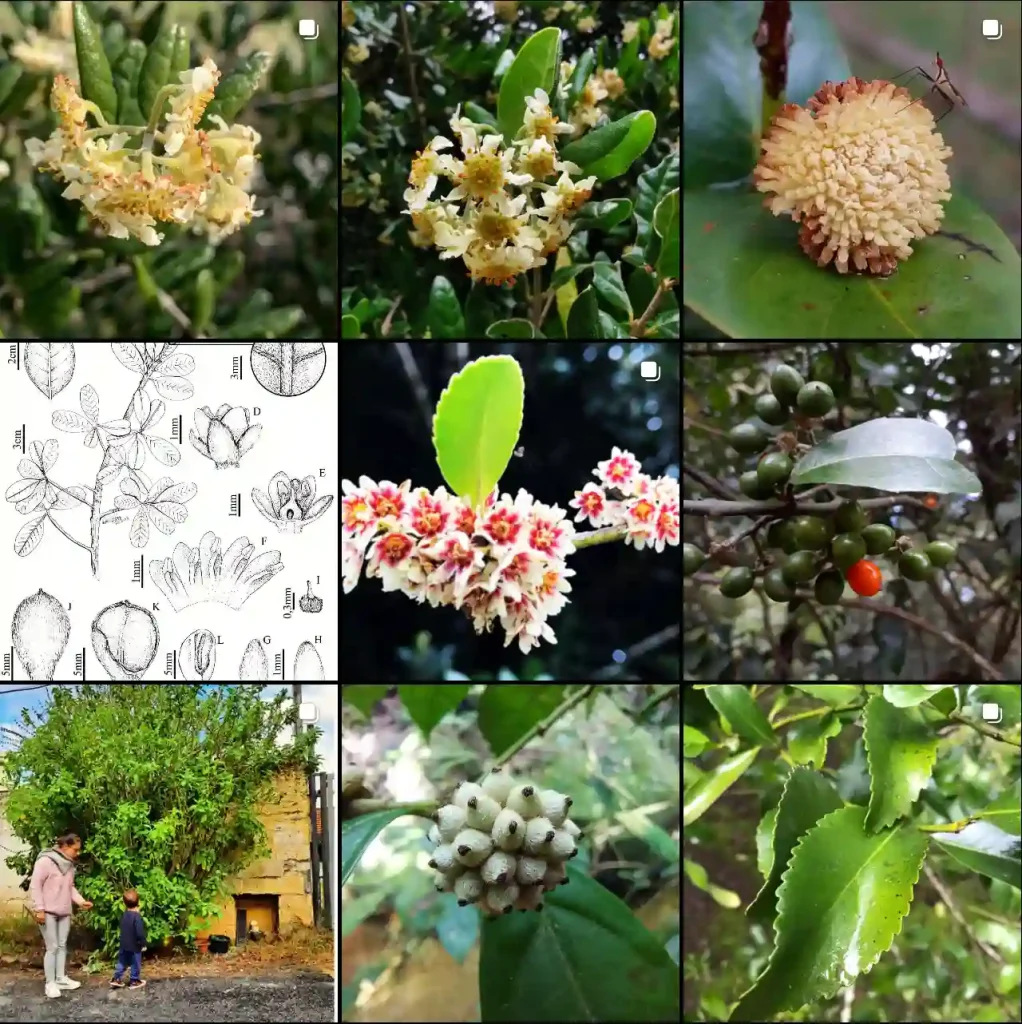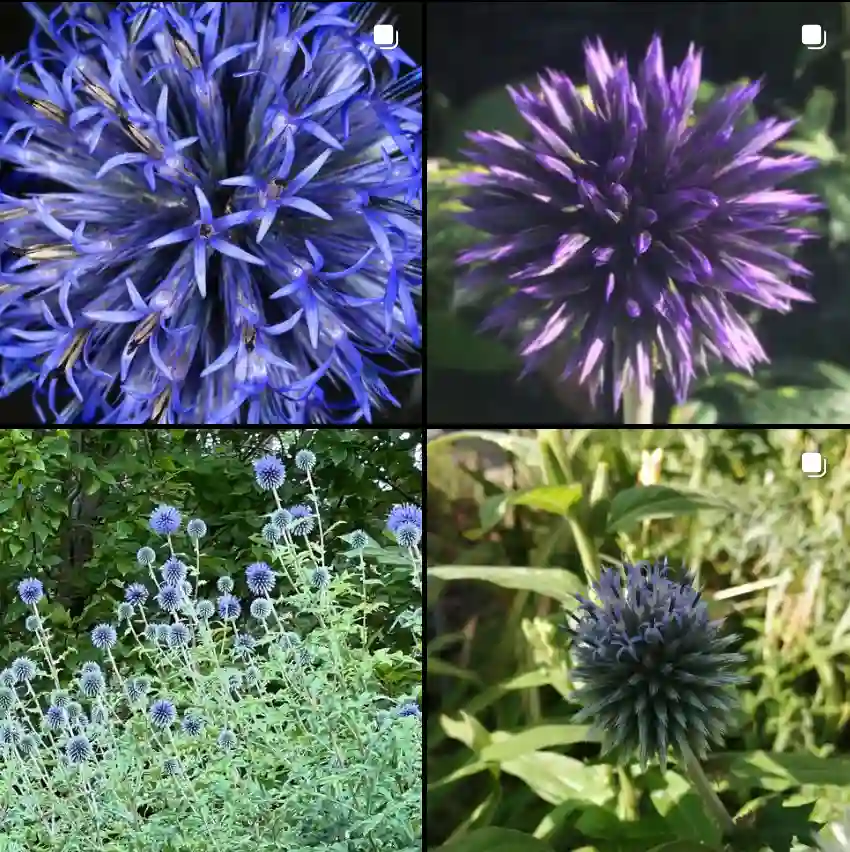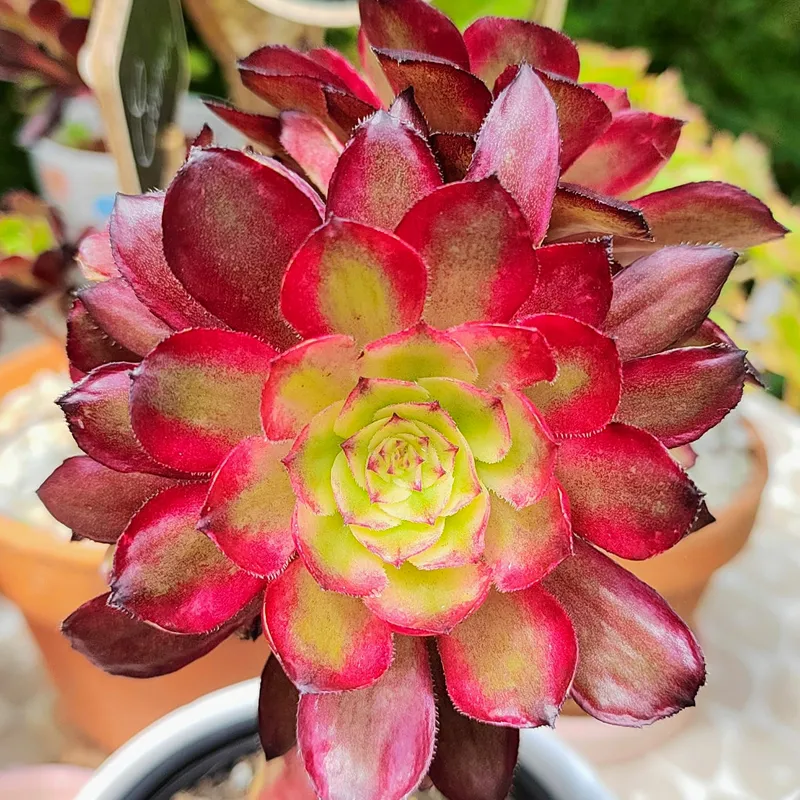
All About Ericameria Nauseosa: From Chaparral to My Backyard
Hi, I’m Ferb Vu, and I’m fascinated by the plants that thrive in our world, especially those with interesting stories. Today, we’re diving deep into Ericameria Nauseosa, a shrub with multiple names and a surprising past.
What is Ericameria Nauseosa?
Ericameria nauseosa, also known as chamisa, rubber rabbitbrush, and gray rabbitbrush, is a tough and adaptable shrub native to the arid regions of western North America. It’s a member of the sunflower family (Asteraceae), known for its bright yellow flowers that bloom in late summer and early fall.
The name “Ericameria nauseosa” literally translates to “heather vomiting,” which might sound strange. The “nauseosa” part refers to a historical misconception – early settlers thought the plant was poisonous because some animals avoided browsing on it. Thankfully, that’s not the case!
Description: A Shrub Built for Tough Times
Ericameria nauseosa is a perennial shrub that can grow anywhere from 2 to 8 meters tall. Its leaves, depending on the subspecies, are narrow and range from 2 to 7.5 centimeters long. Both the leaves and the flexible stems have a greenish-gray hue and a soft, felt-like covering, perfect for retaining moisture in dry environments.
This shrub’s extensive root system plays a crucial role in its resilience. The roots dig deep into the soil, allowing Ericameria nauseosa to access water reserves even during droughts. Additionally, these roots help prevent soil erosion, making it a valuable plant for restoration projects in arid landscapes.
Is Ericameria Nauseosa Easy to Grow?
Ericameria nauseosa is a low-maintenance plant. It thrives in well-drained soil and full sun exposure, making it ideal for xeriscaping – landscaping that minimizes water use. It’s generally pest- and disease-resistant, adding to its appeal for home gardeners.
Can I Use Ericameria Nauseosa in My Landscape?
Absolutely! Ericameria nauseosa’s vibrant yellow flowers and drought tolerance make it a fantastic addition to butterfly gardens, wildflower meadows, or even as a standalone accent plant. Just remember its mature size when choosing a placement in your yard.
What are the Different Subspecies of Ericameria Nauseosa?
There are two recognized subspecies of Ericameria nauseosa:
- Ericameria nauseosa subsp. nauseosa: This is the more widespread subspecies, found throughout the western United States and parts of Mexico.
- Ericameria nauseosa subsp. consimilis: This subspecies has a more limited distribution, primarily in California and Baja California. It tends to be smaller than the typical Ericameria nauseosa and has slightly different leaf morphology.
Is Ericameria Nauseosa Similar to Other Rabbitbrush Species?
Yes, Ericameria nauseosa is part of a larger group of plants commonly called rabbitbrush. These shrubs share similar characteristics, including yellow flowers and a preference for dry environments. However, there are subtle differences in leaf shape, flower size, and blooming times between different rabbitbrush species.
Does Ericameria Nauseosa Have Any Uses Beyond Landscaping?
Native American communities have a long history of using Ericameria nauseosa for medicinal purposes. Traditionally, teas made from the leaves were used for various ailments, including stomachaches and wounds. Additionally, the strong, flexible stems were used for basket weaving.
Where Can I Learn More About Ericameria Nauseosa?
There are many resources available online and in libraries to learn more about Ericameria nauseosa. Here are a few suggestions:
- The USDA Forest Service: https://nrcs.usda.gov/plantmaterials/capmcrb11380.pdf
- Wildflower Network: https://www.fs.usda.gov/wildflowers/plant-of-the-week/eriogonum_ovalifolium.shtml
- Native Plant Nurseries in your area
By studying Ericameria nauseosa, we gain a deeper appreciation for the plants that thrive in challenging environments. This shrub’s beauty, resilience, and historical significance make it a fascinating addition to any garden or natural landscape.
If i die, water my plants!



